Submitted by WA Contents
Olafur Eliasson installs giant ice blocks in London to create awareness about climate change
United Kingdom Architecture News - Dec 12, 2018 - 00:24 16291 views
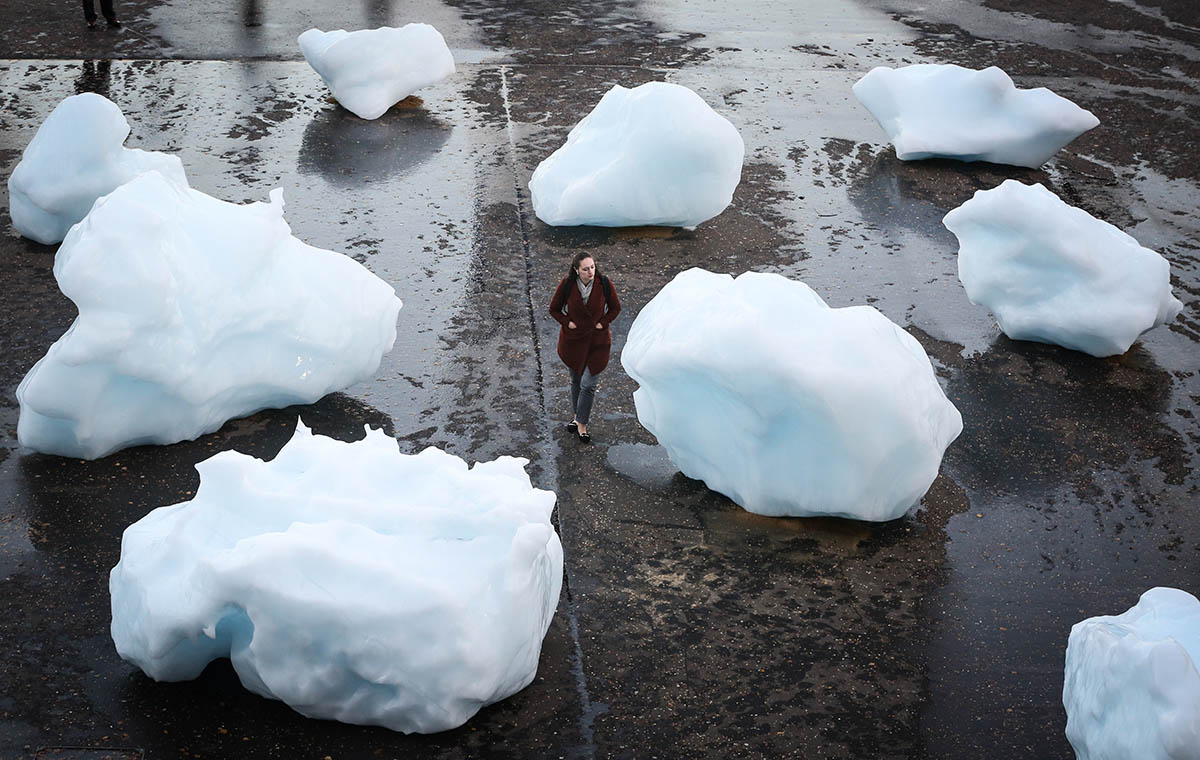
Ice Watch, a major public art installation created by internationally acclaimed artist Olafur Eliasson and award winning geologist Minik Rosing highlighting the impact of climate change, was launched yesterday.
Ice Watch London will be Eliasson’s first major public art installation in the capital and builds on his history of promoting climate change awareness and sustainable energy.
Supported by Bloomberg Philanthropies, the launch was attended by Michael R. Bloomberg, UN Special Envoy for Climate Action and founder of Bloomberg LP and Bloomberg Philanthropies and Justine Simons, Deputy Mayor for Culture and the Creative Industries.
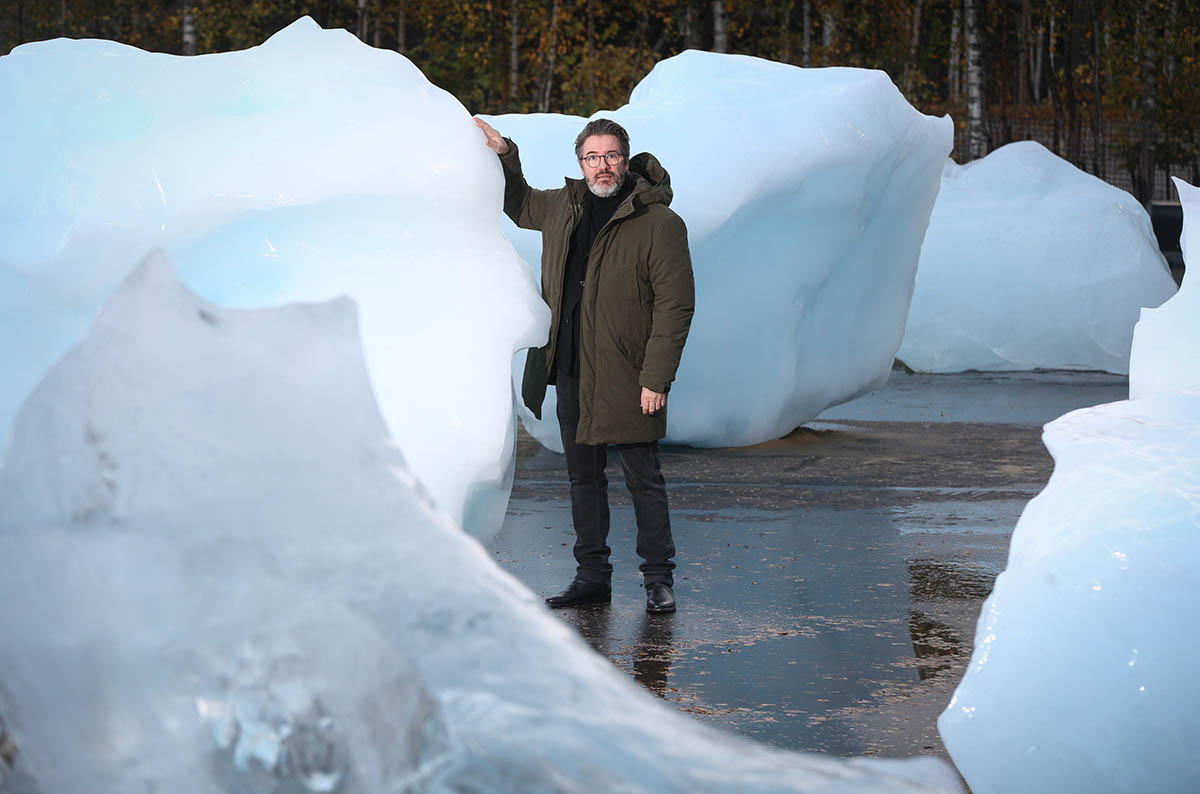
The installation is in two parts: 24 blocks are arranged in a circular formation on Bankside outside Tate Modern, where a major exhibition of Eliasson’s work will open in July 2019, and six blocks are on display in the heart of the City of London outside Bloomberg’s European headquarters.
The blocks of ice were sourced from the waters of the Nuup Kangerlua fjord in Greenland, where they were melting into the ocean after having been lost from the ice sheet. As the ice gradually thaws, members of the public will have an opportunity to encounter the tangible effects of climate change by seeing and feeling the ice melt away. Depending on weather conditions, Ice Watch is expected to be on view in London until 21 December 2018.
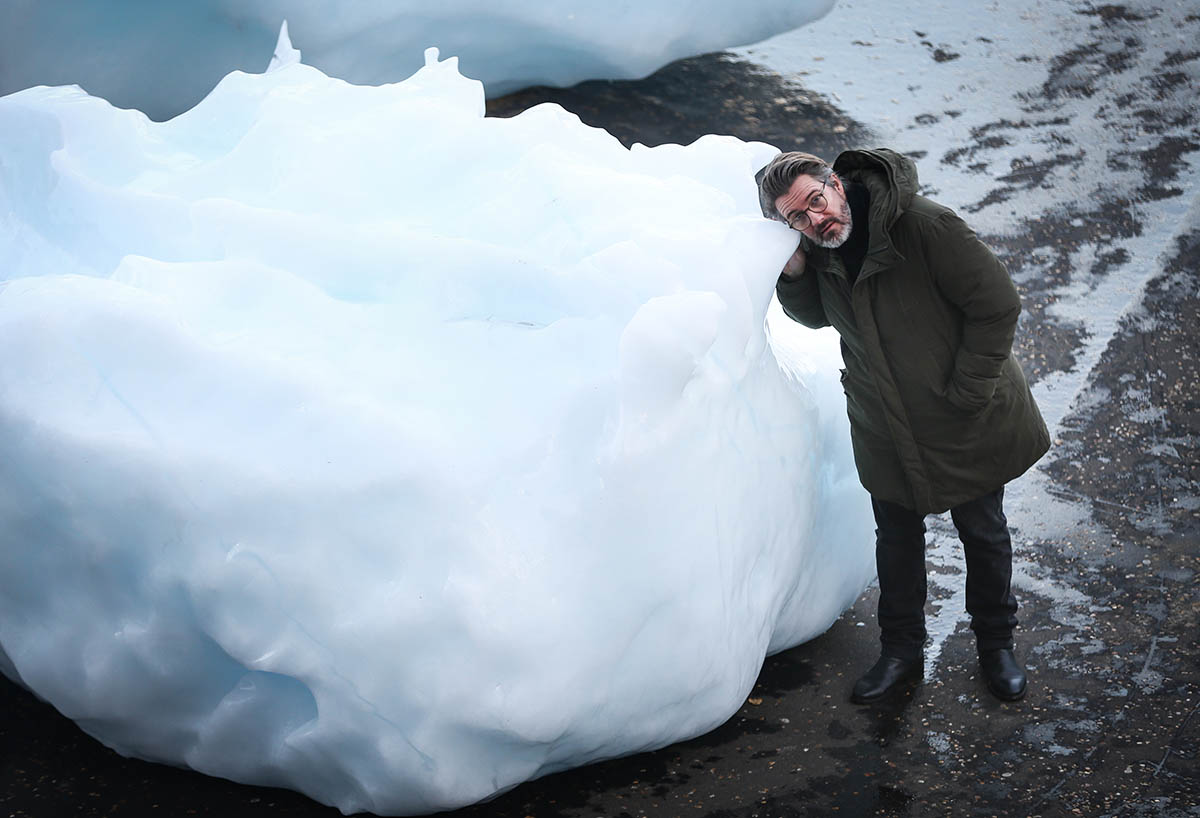
Any remaining ice will then be taken to local community and cultural institutions as part of an extended educational programme. Studio Olafur Eliasson has partnered with Julie’s Bicycle for the second time to understand and take action to minimise the environmental impacts of Ice Watch.
Ice Watch has been launched to coincide with a meeting of world leaders at the COP24 climate change conference in Katowice, Poland, which follows the landmark report published by the Intergovernmental Panel on Climate Change (IPCC) on 8 October 2018, warning that we have only 12 years to limit the worst effects of climate change.
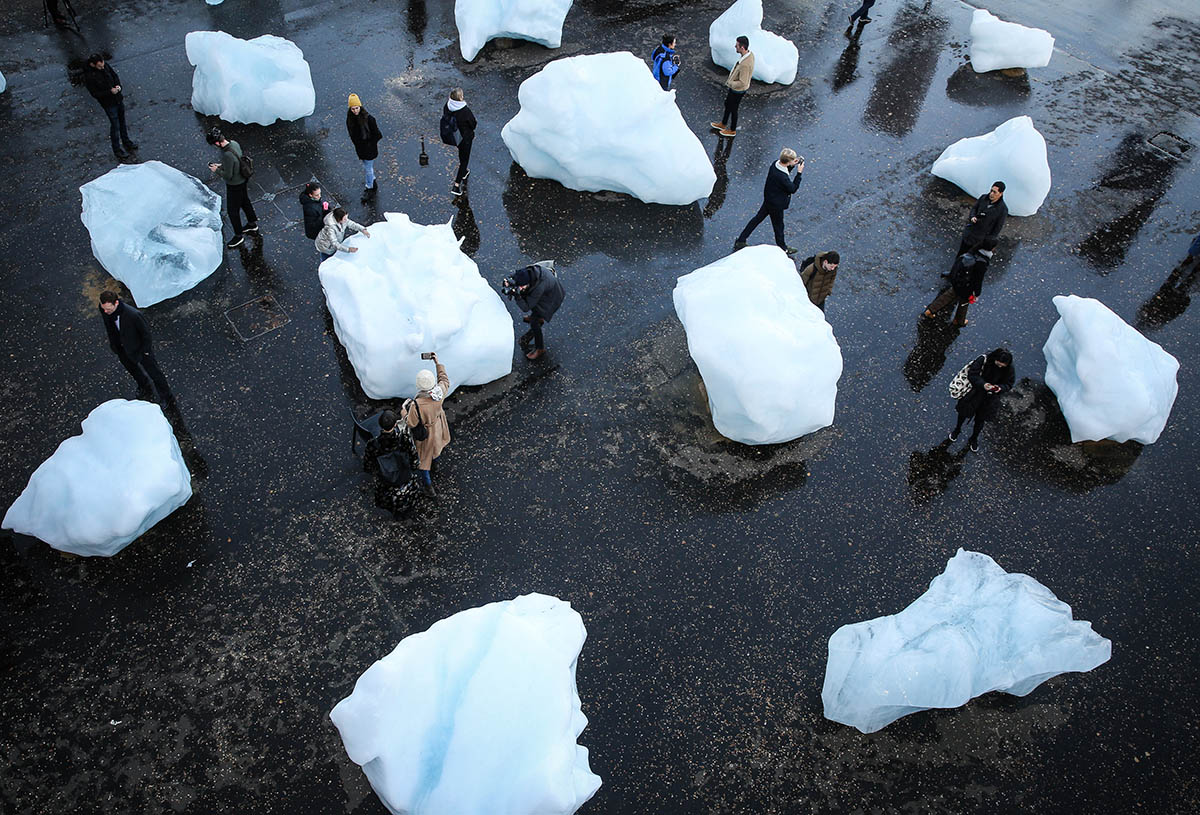
"It is clear that we have only a short period of time to limit the extreme effects of climate change. By enabling people to experience and actually touch the blocks of ice in this project, I hope we will connect people to their surroundings in a deeper way and inspire radical change. We must recognise that together we have the power to take individual actions and to push for systemic change. Let’s transform climate knowledge into climate action," said Olafur Eliasson.
"Ice Watch vividly captures the urgency of tackling climate change. We hope Olafur Eliasson’s work of art will inspire bolder and more ambitious actions to reduce greenhouse gas emissions by governments, businesses, and communities," said Michael R. Bloomberg.
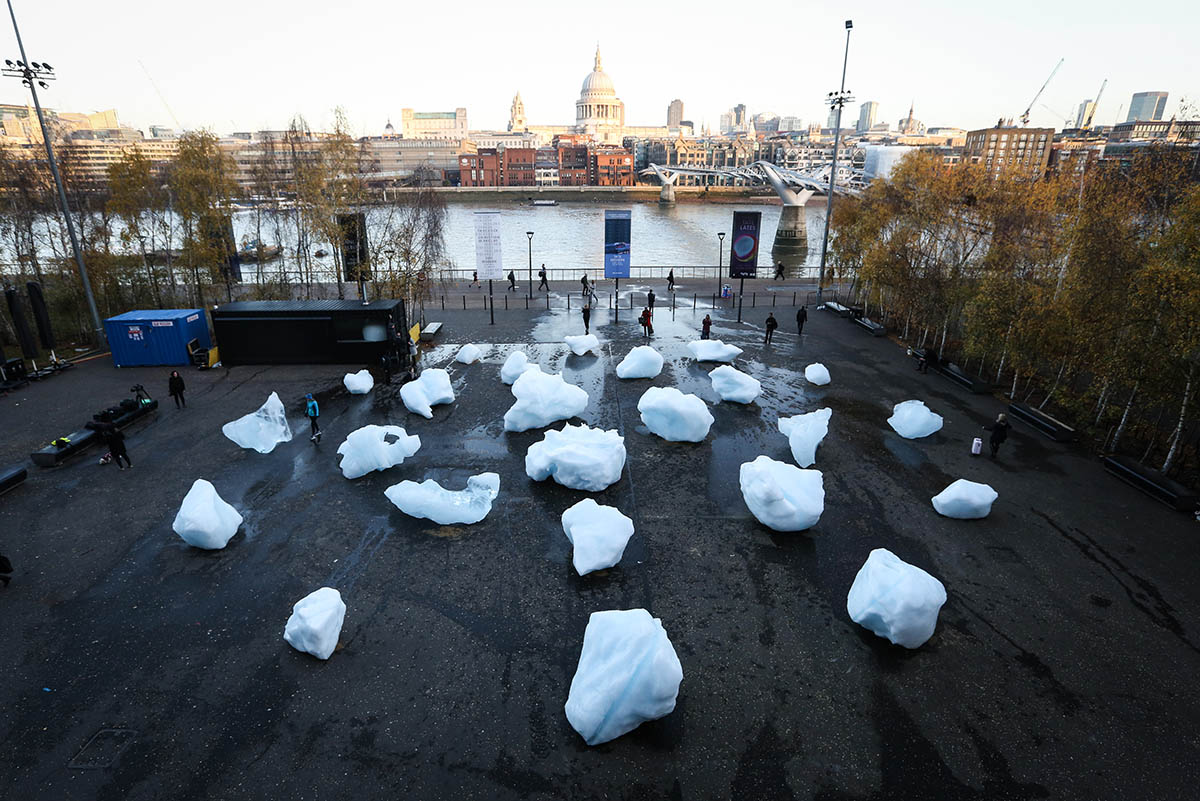
Ice Watch London is the third iteration of the Ice Watch artwork, with each instalment timed to coincide with a global climate change event. The first instalment opened in 2014 outside Copenhagen’s City Hall to mark the publication of the UN Fifth Assessment Report on Climate Change by the IPCC. In 2015, Ice Watch Paris at the Place du Panthéon accompanied the 2015 COP 21 talks that led to the Paris Climate Agreement.
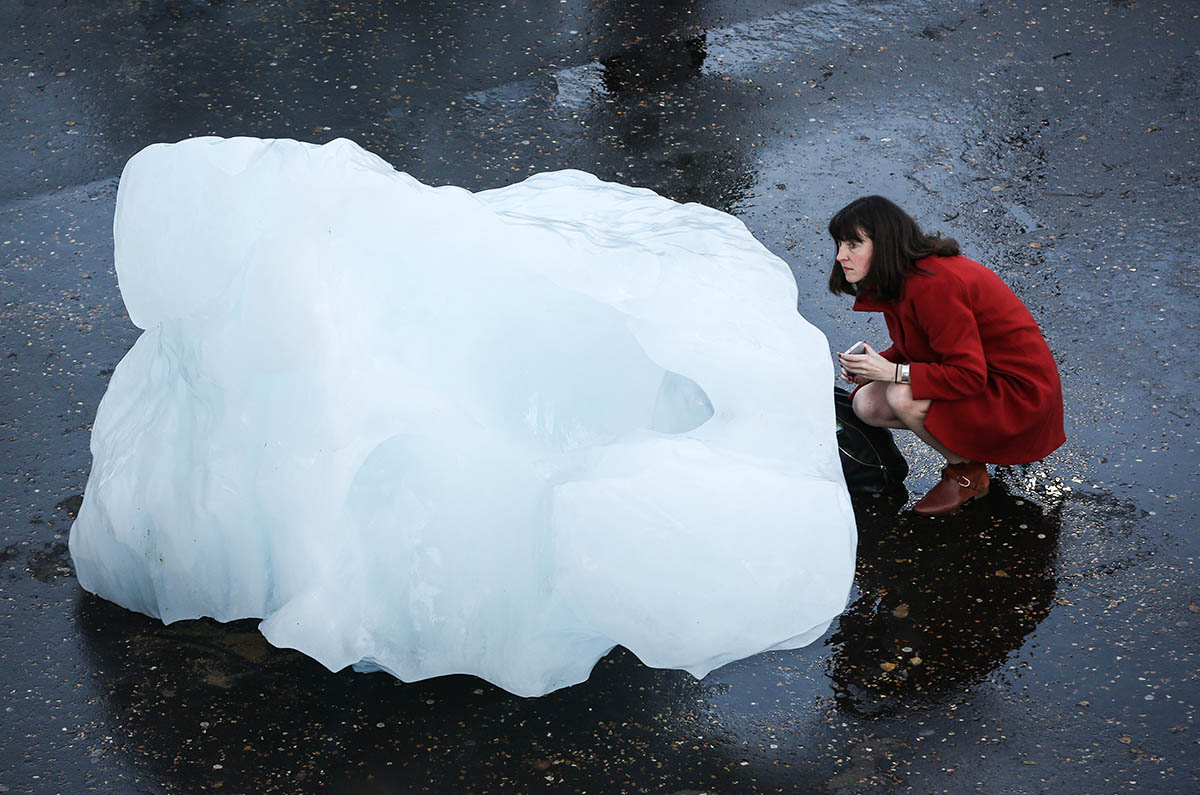
Eliasson's Little Sun project, also supported by Bloomberg Philanthropies, provides portable, solar-powered lamps to local entrepreneurs, families and refugees in off-grid communities. The lamps are especially useful in households where electricity is scarce or unavailable, and priced affordably for families currently using costly and toxic kerosene for their lighting.
Other critically acclaimed works include Eliasson’s 2003 Tate Modern installation The weather project, seen by more than 2 million people.
All images courtesy of Ice Watch London
> via Ice Watch London
